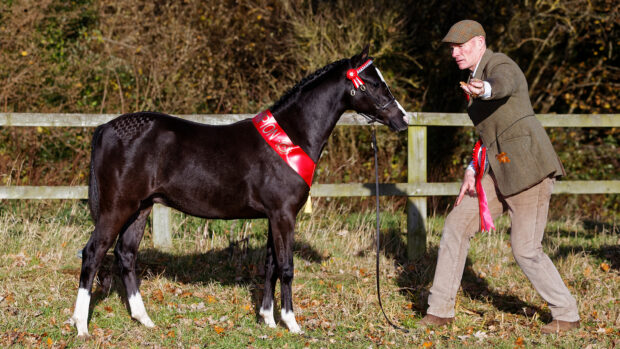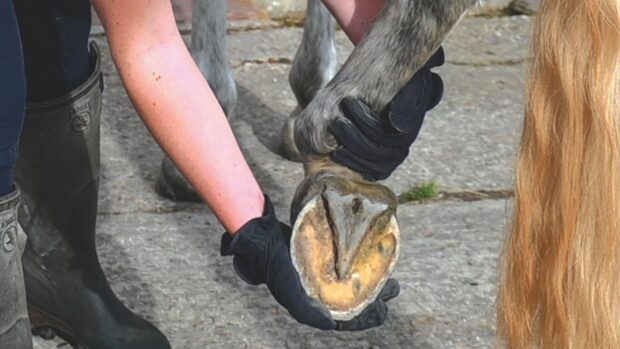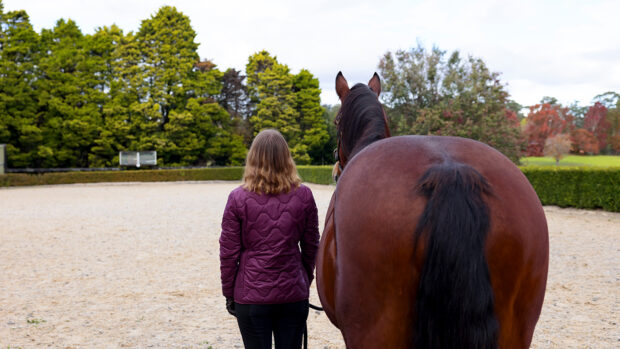Horses that are difficult to shoe can be a challenge for all concerned. Half a tonne of horse flesh can do real damage to a human, and farriers put themselves at considerable physical risk if the animal they are working with decides not to co-operate.
While farrier Tom Ryan says there are ways around most problems, as long as the farrier has the time and technical ability, it’s important that a horse is confident and comfortable about having its legs and feet handled by different people before trimming or shoeing begins. The owner or handler of the horse should also practise holding the horse’s legs in the normal farrier positions prior to the farrier attending.
“With a youngster, trim him the first couple of times, then shoe him in pairs. Put front horseshoes on one week and hinds the next. Don’t try and do it all at once, because their concentration spans are short.”
Obviously, Tom says, some horses object to the nailing process.
“Some will accept quite a high level of hammering, others are more ticklish. So you might have to change your style – tap, tap rather than bang, bang.”
Tom believes it is often a good idea to let the horse have frequent rests, especially if they tend to struggle to stand still.
“Put three nails in, then let him put his foot down for a while,” he says. “It’s a bit like dentist’s chair syndrome. He’s drilling away until you think you can’t stand any more, then he lets you have a break and you feel much better.”
Owners must also play their part, explains Tom, beginning with providing a safe, level surface on which to stand the horse. The horse should have clean and dry legs. Tom will not shoe without someone present.
If you know your horse is likely to be difficult, then warn the farrier and be prepared to pay an hourly rate if necessary, so that he can take his time.
If your horse finds it particularly difficult to stand on three legs or to hold the farrier positions for long enough, then there may be a health issue present and you should investigate this with your vet.
Sometimes, it may be necessary to sedate the horse for shoeing. But, on the whole, Tom believes that sedation may only be necessary as a last resort for safety’s sake.



